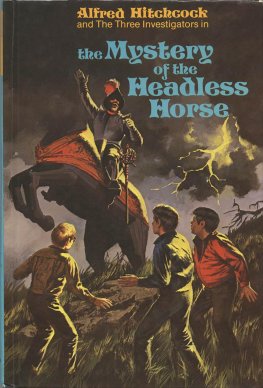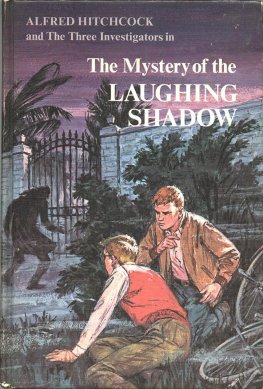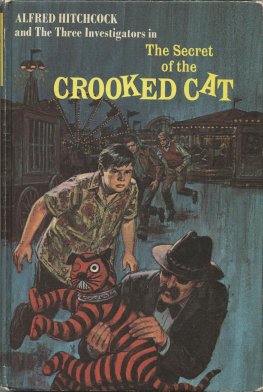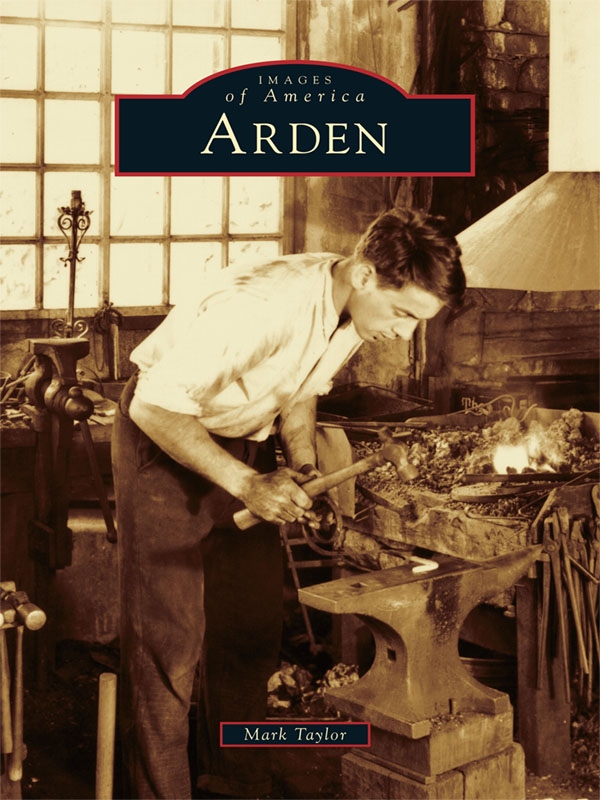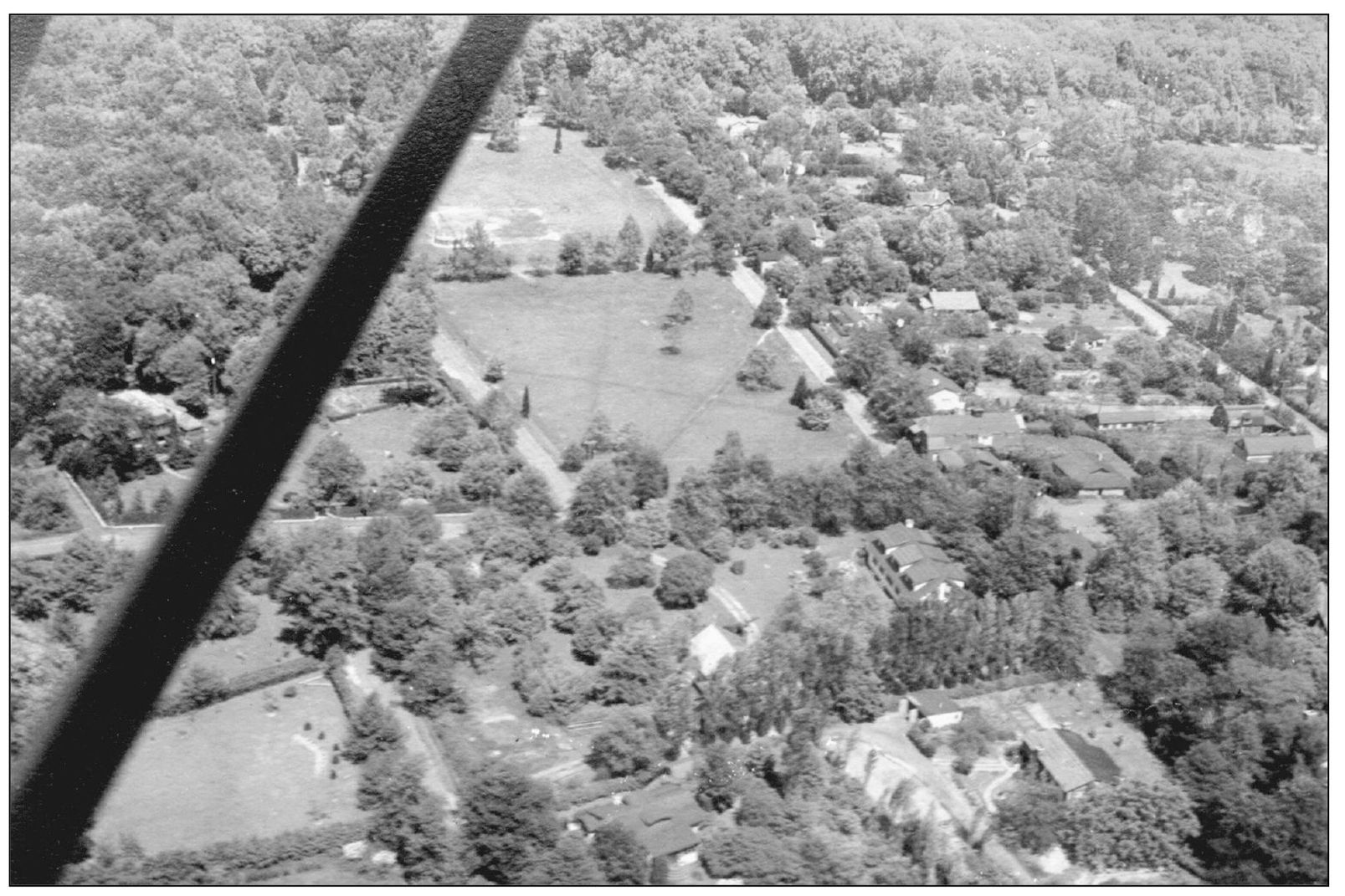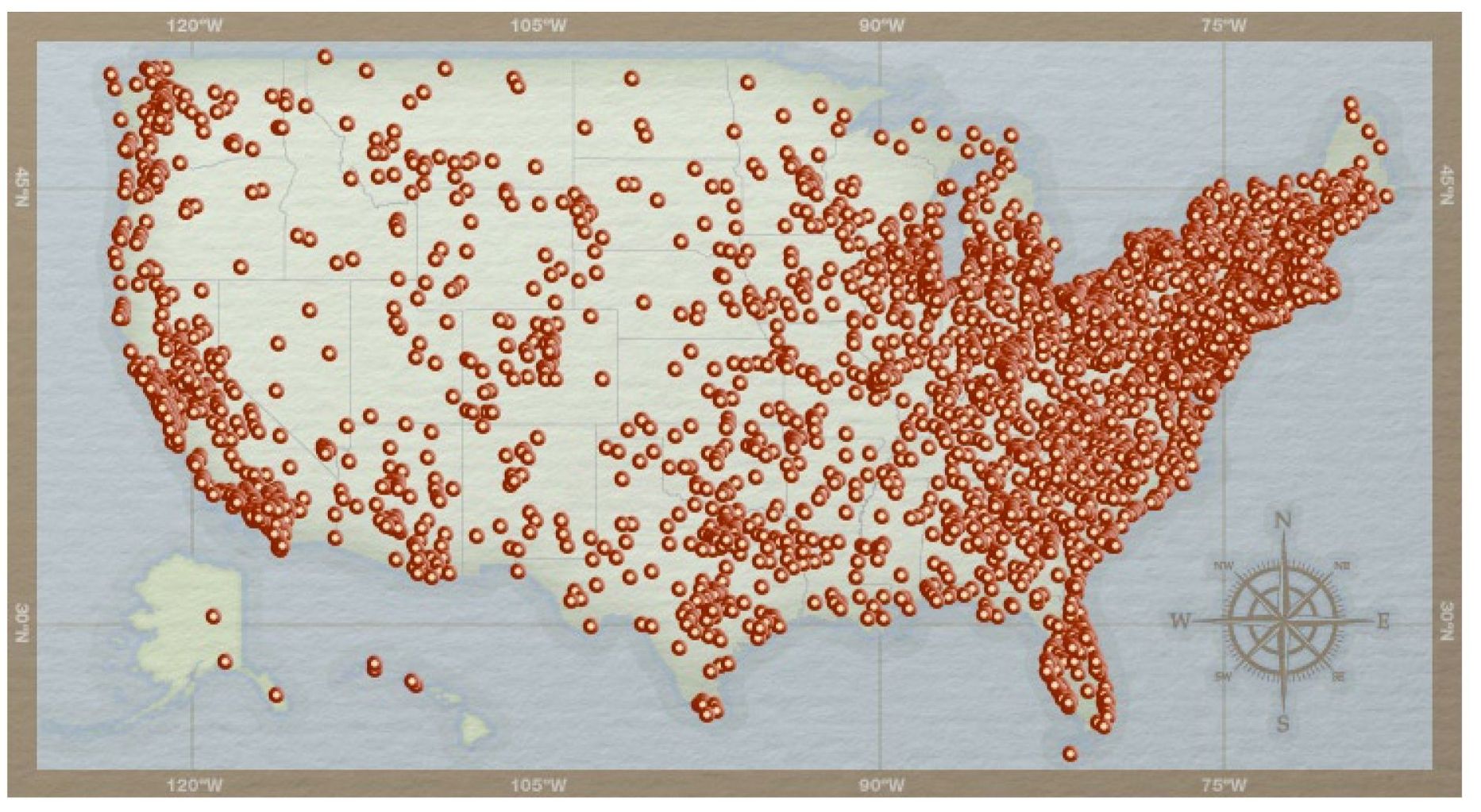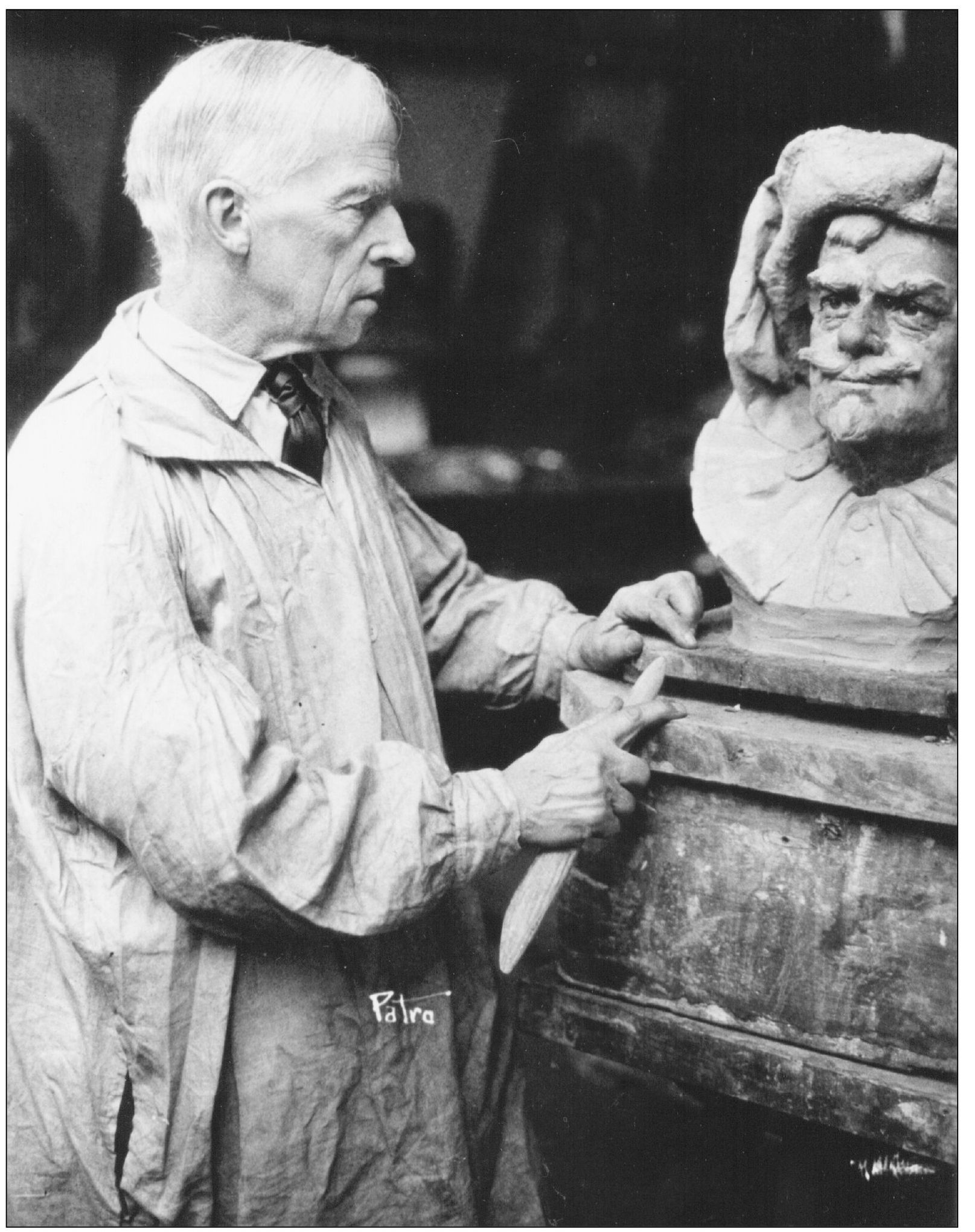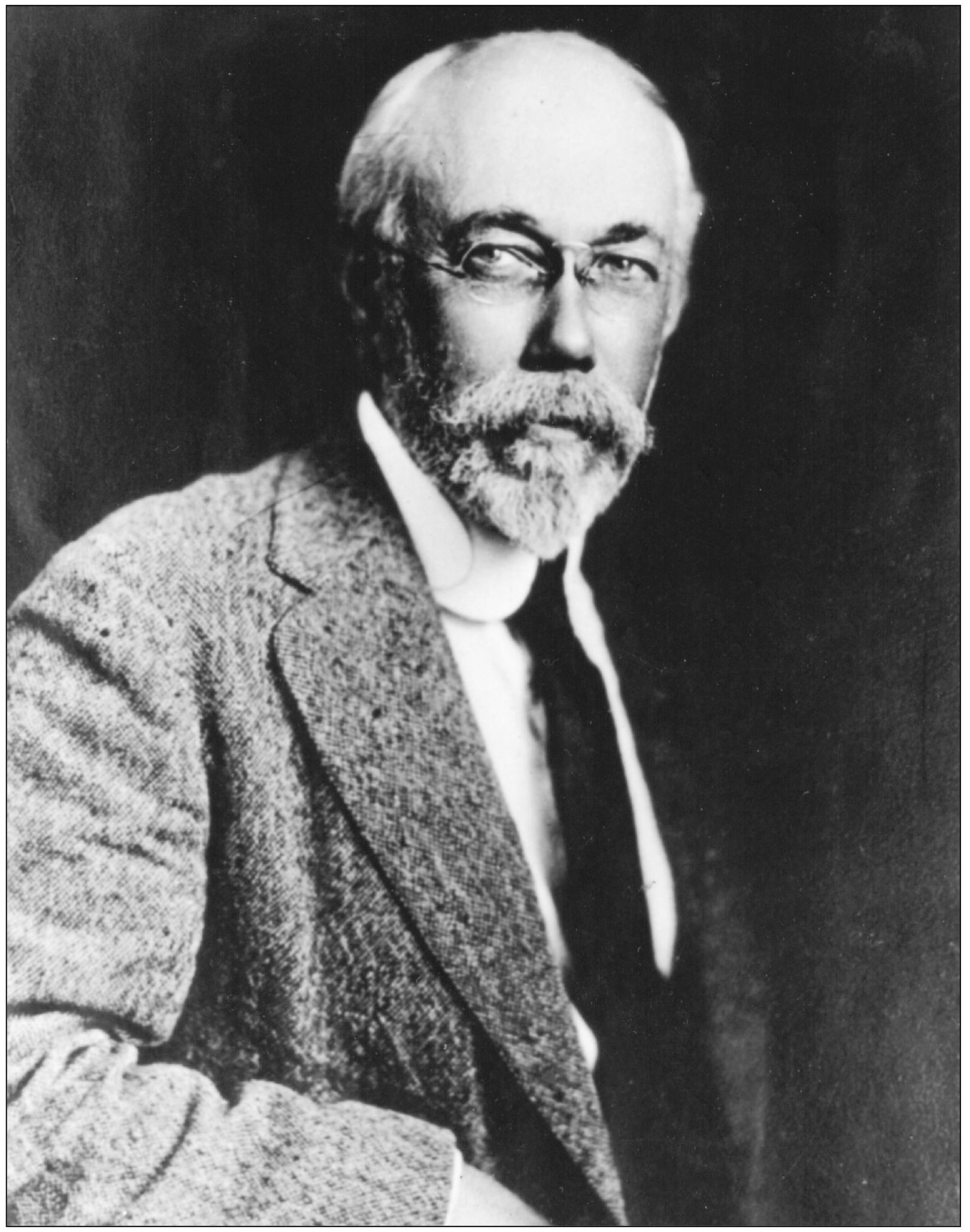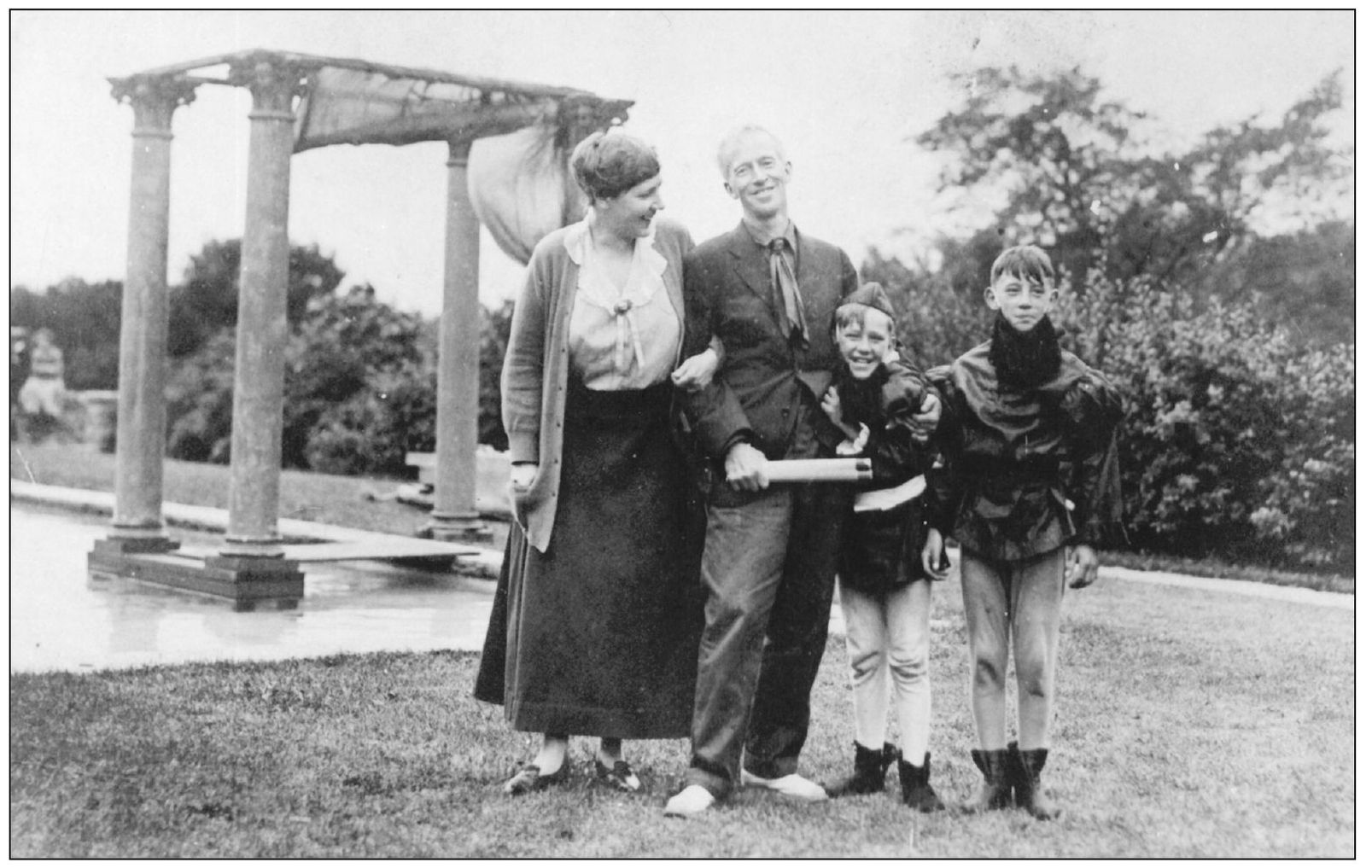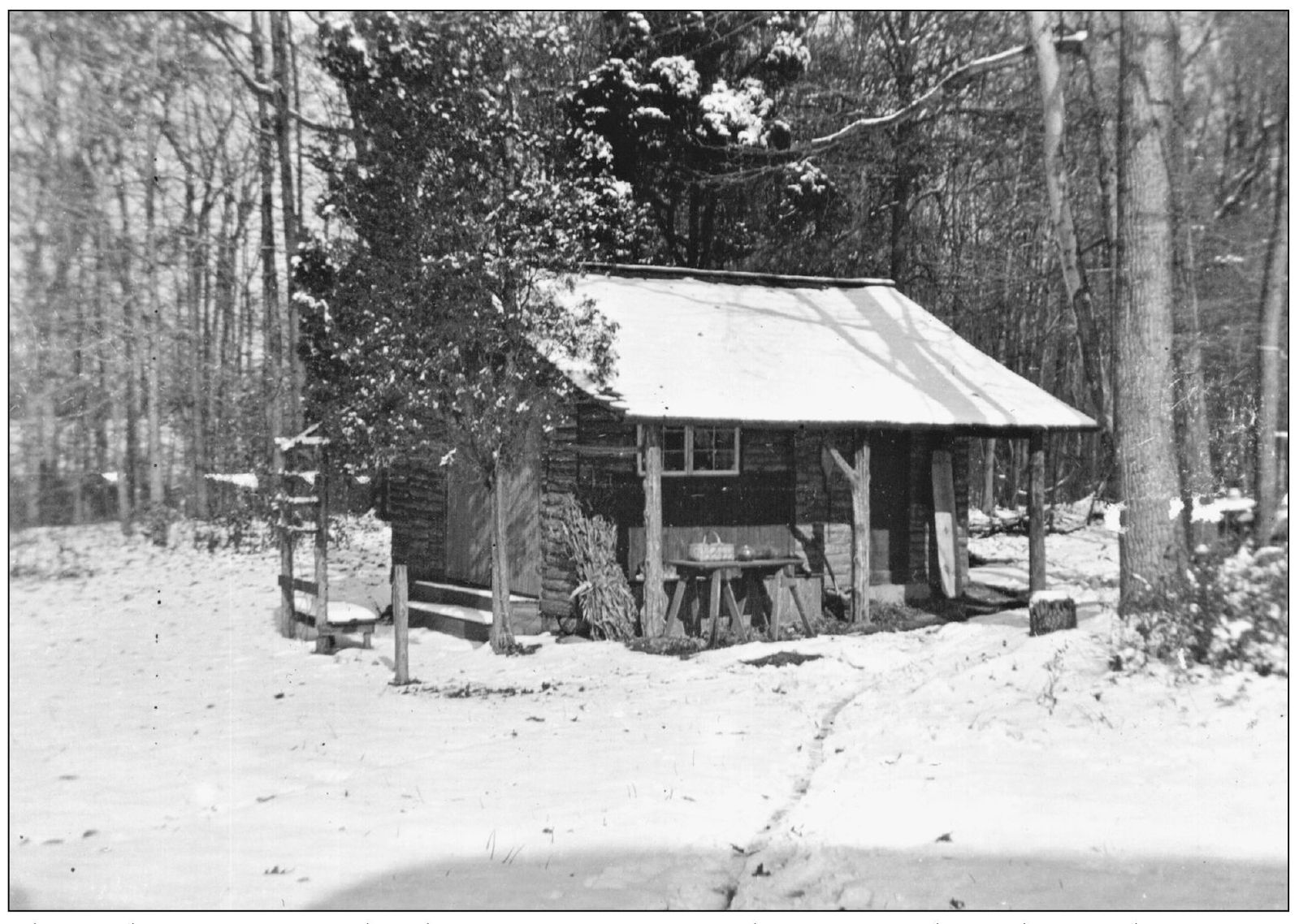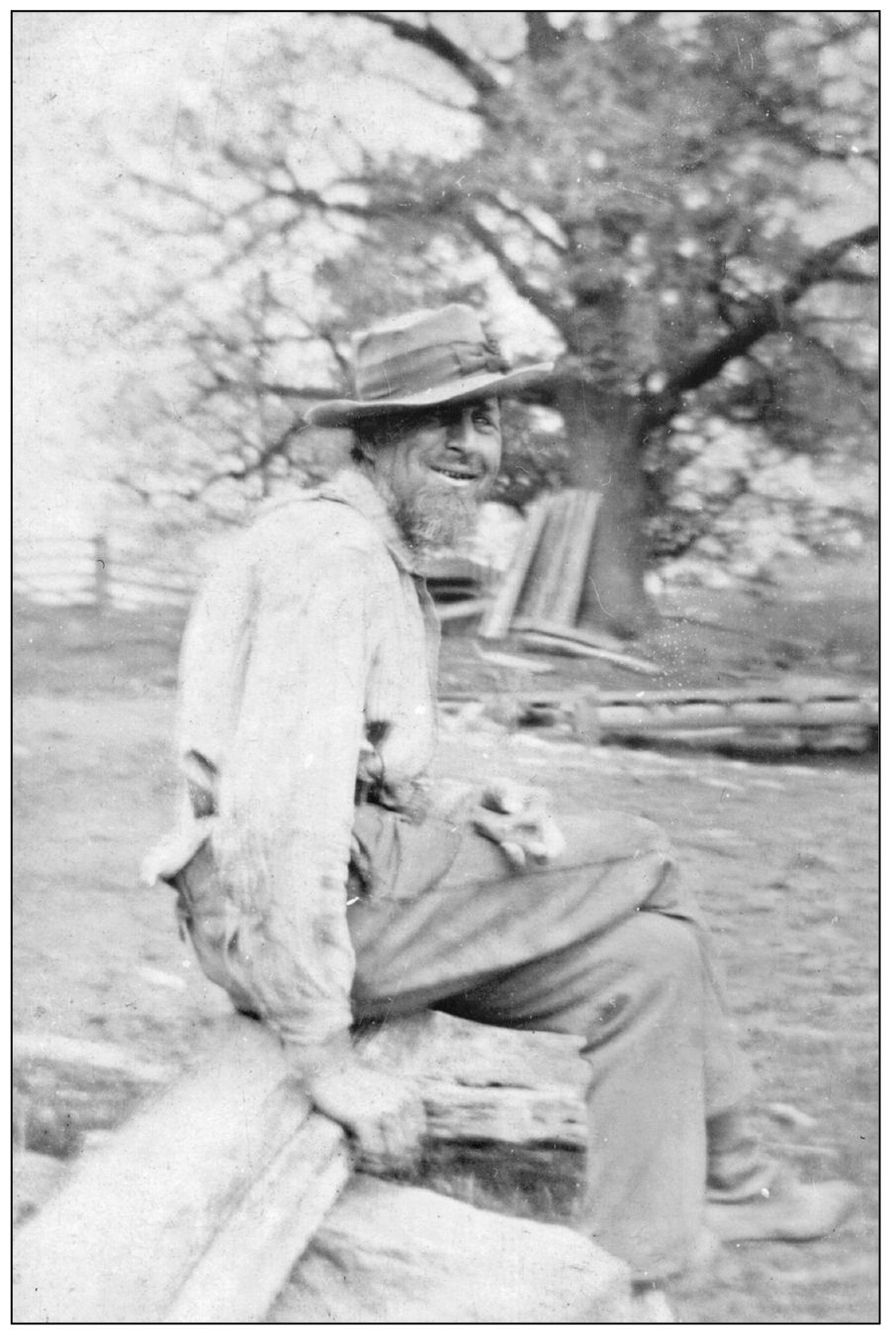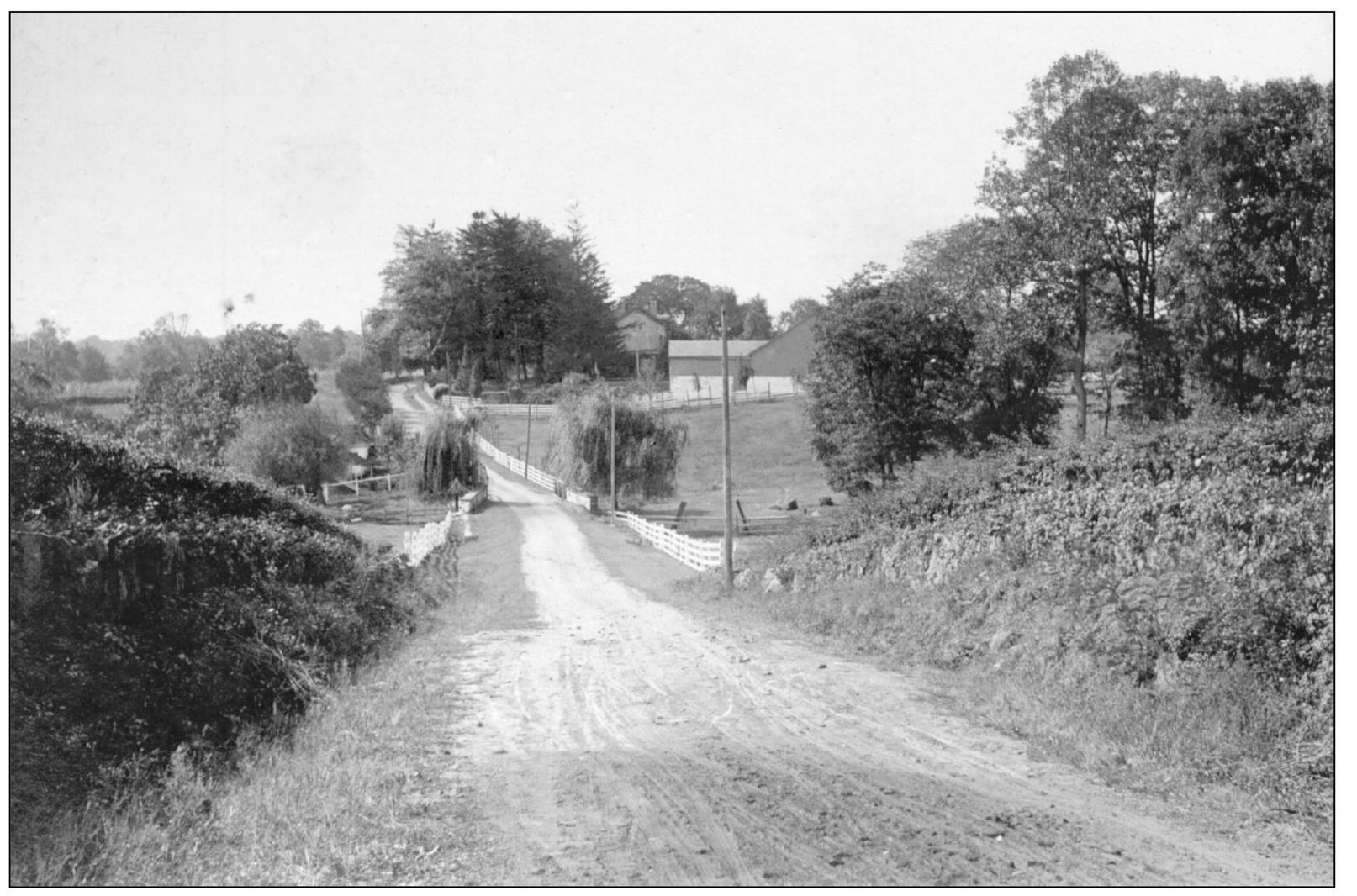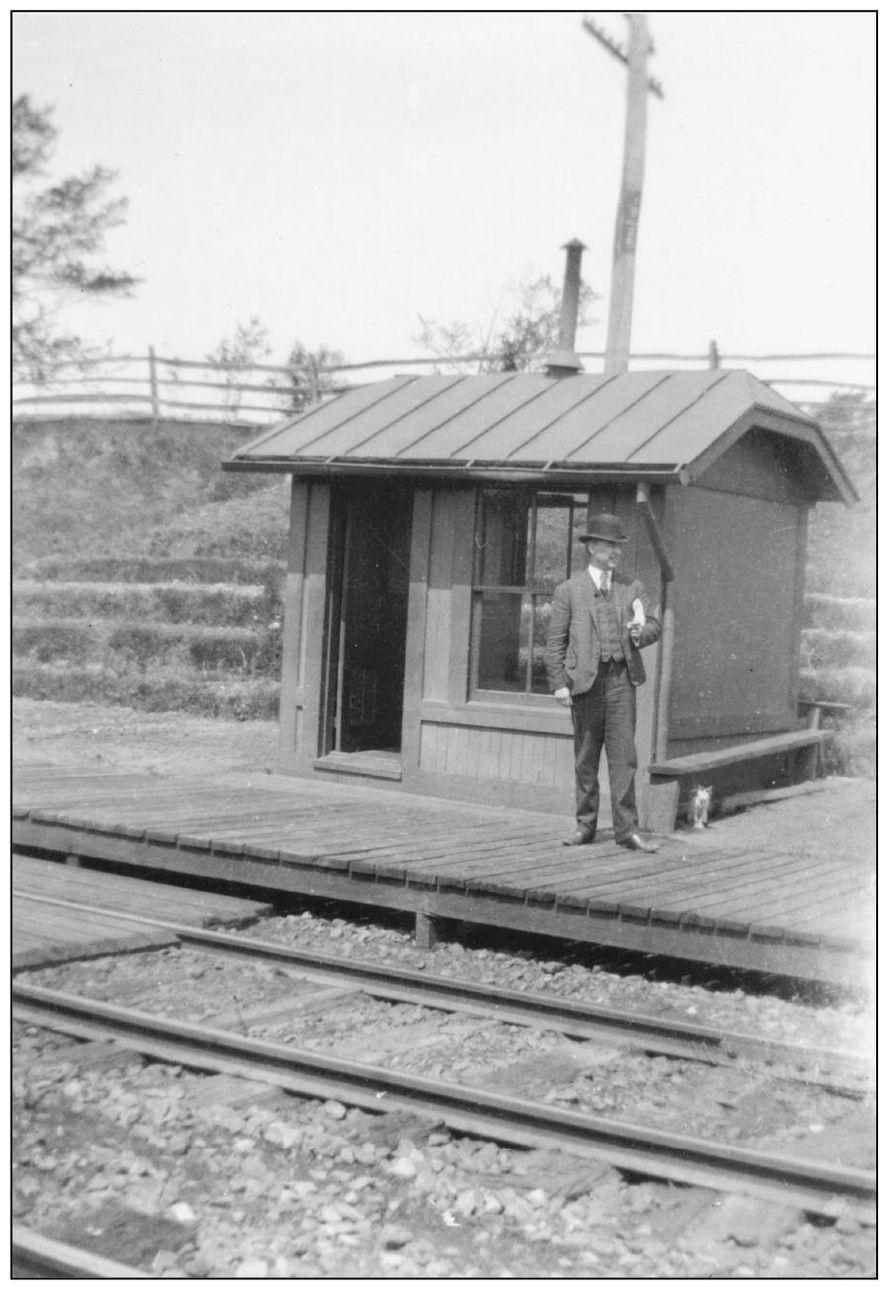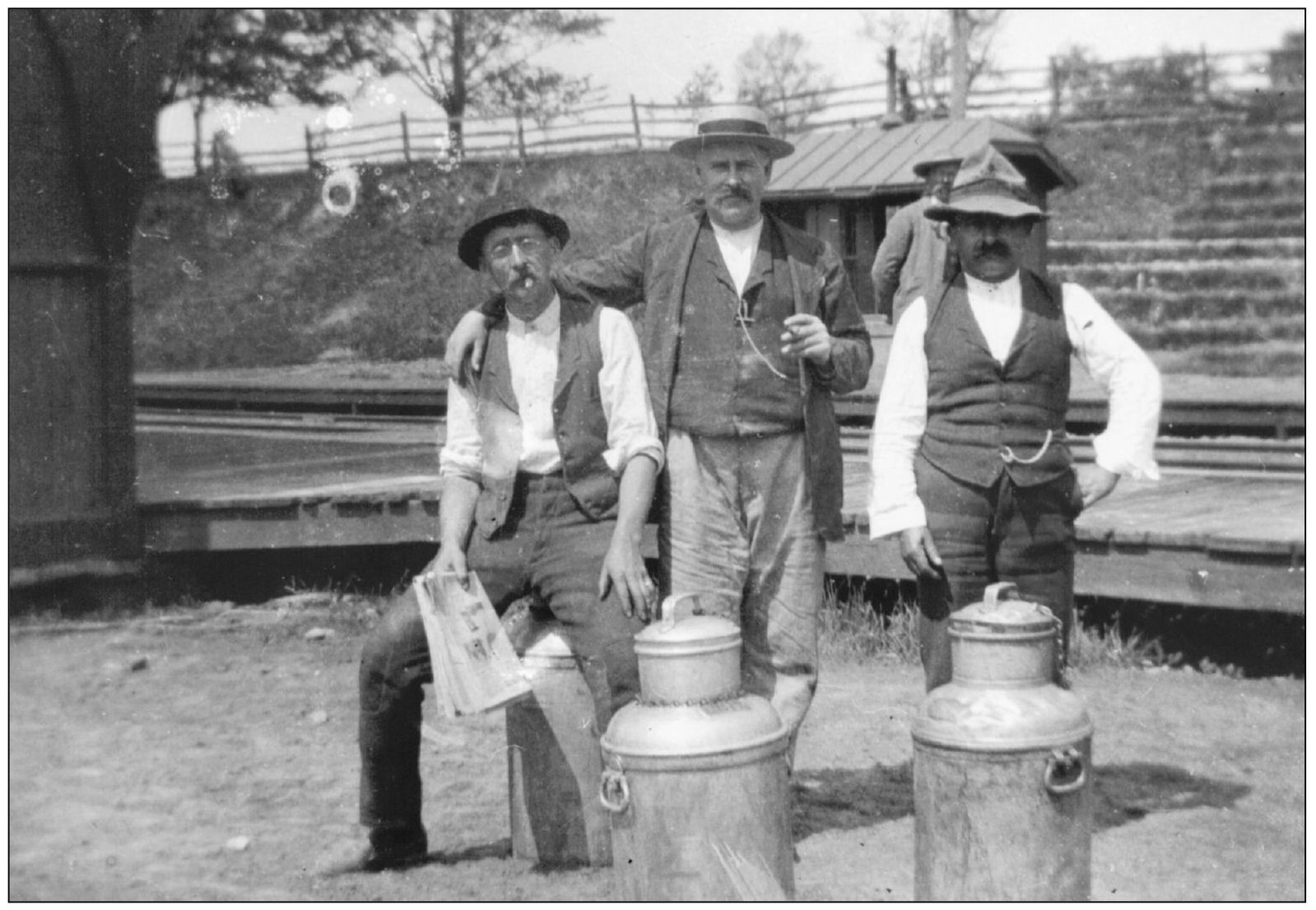ACKNOWLEDGMENTS
Whether it is for a well-timed word of encouragement or a critical bit of information, my debts for this book are many. First and foremost, my thanks to Betty Elzea and her husband, the late Rowland Elzea, whose 1976 Delaware Art Museum exhibition, The Pre-Raphaelite Era 18481914, started me on this path many years ago. In Arden, thanks are due to all past and current members of both the Arden Craft Shop Museum board of directors and the Archives Committee. Specific thanks are due to Lew Aumack, Maria Burslem, Terry Colgan, Mike Curtis, Rick Darke, Linda Eaton, Robert and Joyce Foote, Miriam Gerstine and her husband the late Milton Gerstine, Sally and Aaron Hamburger, Bob Helms, Hardy Hoegger, Lisa Mullinax, Morris Potter, Hugh Roberts, Bernie Schwab, Sonia Sloan, Bruce Smith, Annde Solway, and Sadie Somerville. And finally, a shout from the rooftops to my partner Michele McCandless, who somehow in these past three months cheerfully managed to keep the home fires burning.
Considerably more wooded in 1936 than it was in 1900, this aerial view of Arden shows the layout of the Village Green on the Woodland side of the community.
Find more books like this at
www.imagesofamerica.com
Search for your hometown history, your old
stomping grounds, and even your favorite sports team.
One
ARDENS FOUNDERS
The problem of the arts and crafts and the problem of the land are complementary to each other.
C. R. Ashbee
Members of the Delaware Single Tax Campaign pose here on June 16, 1895, for a photograph to commemorate the first weekend of the Delaware Invasion. Frank Stephens is in the first row, center, with his son, Don, seated in front of him. Although Will Price is absent from the photograph, according to the single tax newspaper Justice , he participated in the first weekends campaign as well.
Frank Stephens is shown here around 1925 putting the finishing touches to his sculpture of Haines Albright as Sir Toby Belch, a character from Shakespeares Twelfth Night, or What You Will . Frank Stephens studied sculpture at the Pennsylvania Academy of Fine Arts under Thomas Eakins. Shortly after leaving the Academy, he worked with Alexander Milne Calder on the statues for Philadelphias City Hall, as well as a number of private commissions. He founded the architectural terra cotta company Stephens, Armstrong, and Conkling, and the decorative arts firm Stephens, Cooper, and Company. It was through his work at these decorative arts firms that he met the architect Will Price.
Architect William Lightfoot Price received his training in the offices of one of the giants of Philadelphia architecture, Frank Furness. He was employed by Furness from 1878 to 1881, when he left to start an architectural practice with his brother Frank. While there is little to distinguish Will Prices work at the turn of the century from the historicism that then prevailed in American architecture, many regard his Atlantic City hotels, the Blenheim (1905) and the Traymore (1912) as landmarks on the road to the modernist style. In addition to Arden, Will Price also founded the Rose Valley community in Moylan, Pennsylvania, which is where he made his home, and the single tax enclave of Halidon, Maine, the latter with Frank Stephens.
Frank Stephens was in great demand as a speaker and lectured frequently on art as well as economics. This photograph was taken around 1907 in Wyoming, New York. The location is likely Hillside, the Greek Revival mansion built by Dr. Pliny Hayes that served as a forum for many notable speakers.
In 1915, Will Price welcomed a group of Arden visitors to the Traymore Hotel in Atlantic City, one of the architects most celebrated commissions. Pictured from left to right are Will Price, Edith Jimmie Ware, Ingeborg Inky Stephens, Margaret Stephens, Hamilton Buzz Ware, and Harold Hal Ware.
Two
HUMBLE BEGINNINGS
We were so disgusted with civilization that we determined then and there to go out into the open and make a better one.
Frank Stephens, 1923
The first house constructed in the new community was the Homestead, seen here in the winter of 1909. Built by Frank Stephens and a group of friends in 1900, the Homestead served as a weekend and summer cottage for the Stephens family.
Jerry Harvey owned the farm bordering Arden to the southeast. When Frank Stephens began looking for land for the new community, it was Jerry Harvey who pointed out the Derrickson property to him.
Taken just on the outskirts of Arden, this 1906 photograph of Veale Road from its intersection with Grubbs Road captures the rural character of the new community. (Photograph by L. A. MacDonnald of Harvey, Delaware.)
The trip from center city Philadelphia to the Harvey Station took 30 minutes; giving, as one resident wryly noted, barely enough time to crack the cover of the Esperanto textbook. Most of Ardens early settlers were commuters who used the community as a weekend or summer retreat. In this 1906 photograph, a commuter waits patiently for the southbound train. The station cat, however, appears more interested in the photographer.
Frank Cole, Tom Bird, and Tony (from left to right) await the northbound train to transport Tom Birds milk cans to Philadelphia. Tony, the station master, was known for his terraced garden, which is visible here in 1906 on the hillside behind the group.





